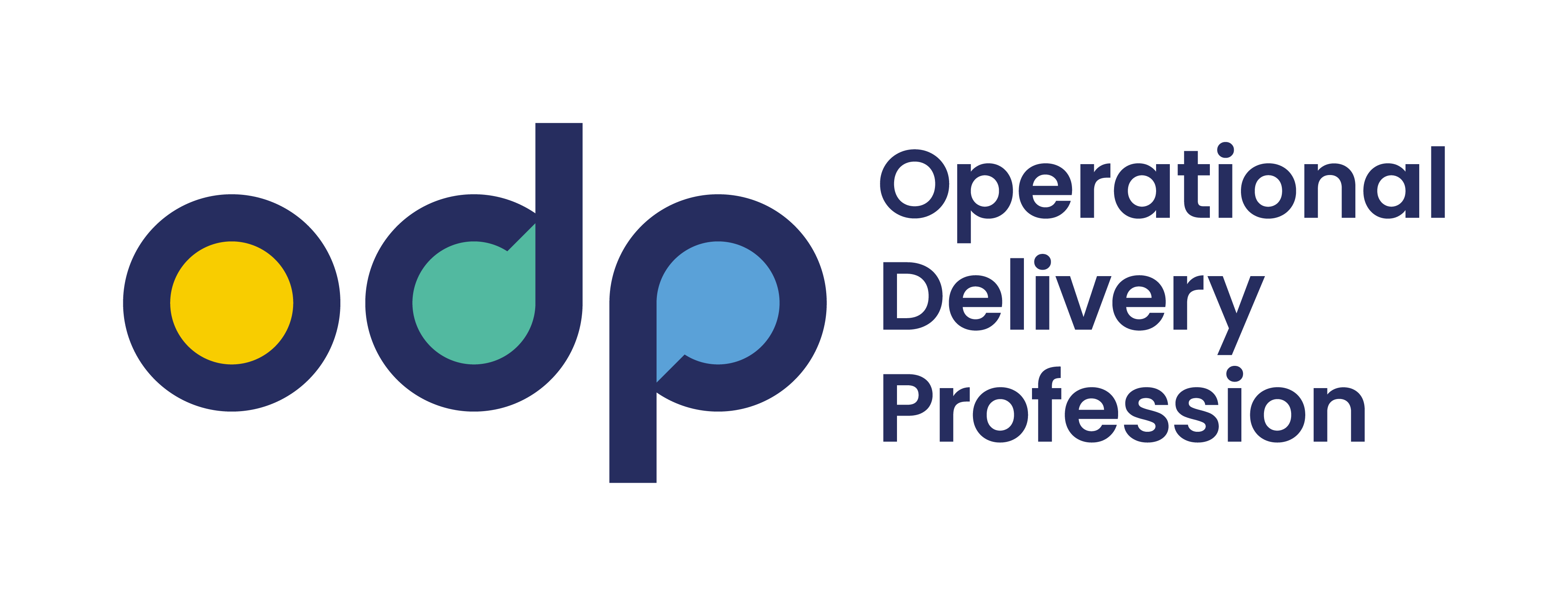The diversity of roles within our profession is vast, it's not feasible to capture every single variation or specific role across the entire profession. Given the complexity and range of roles, we have opted to align these positions to broader clusters or role profiles that group similar responsibilities and skill sets together.
This approach allows us to:
- Simplify Complexities: Instead of detailing every individual role, we focus on capturing the core functions and competencies shared by roles within a specific cluster. This simplifies the process of defining and managing job profiles while still reflecting the essence of the role.
- Provide Clear Frameworks: By clustering similar roles, we can provide a more structured and manageable way to describe job functions and career progression. This helps individuals and organisations better understand where their roles fit within a broader context.
- Acknowledge Flexibility: While we align roles to clusters, we recognize that some positions may have unique variations. These nuances are understood but may not be explicitly captured in every role profile. The goal is to ensure consistency while allowing for flexibility and growth within the role.
- Support Career Development: Aligning roles to profile clusters also helps in identifying common career paths, skill development opportunities, and the potential for crossover across professions, even when specific roles vary.
In summary, while we cannot capture every individual role across a profession, grouping roles into aligned clusters ensures we provide a clear, flexible, and manageable framework that supports both organisational needs and individual career growth.
